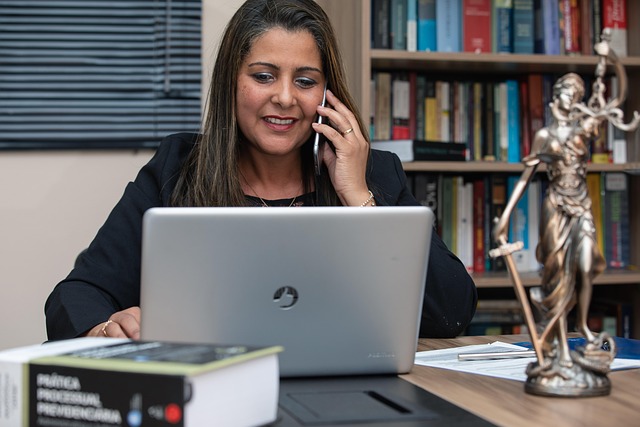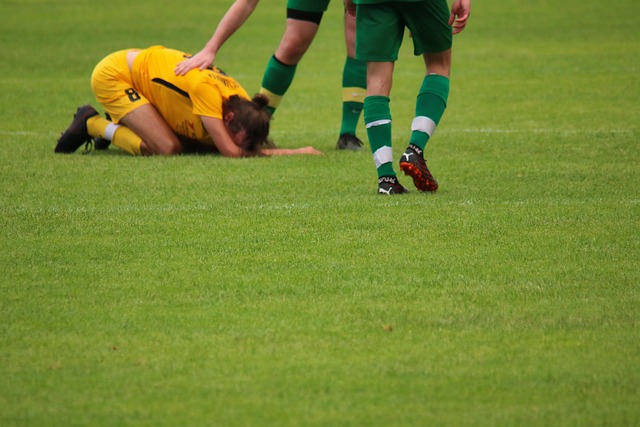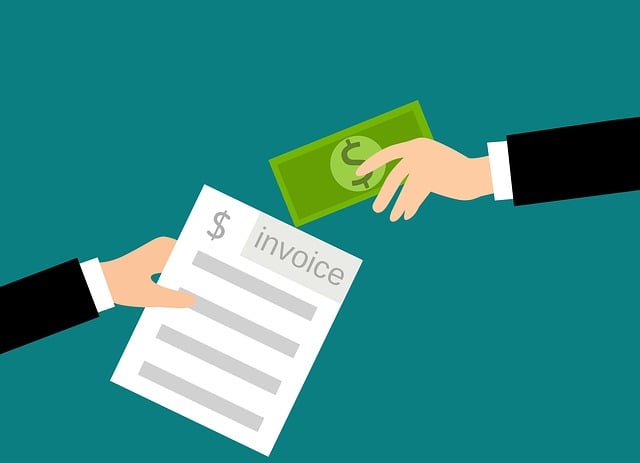Pedestrian accidents cause a range of physical injuries from minor to severe, including fractures, head trauma, and internal organ damage, as well as significant emotional trauma leading to PTSD. Effective recovery requires holistic support addressing both mind and body, encompassing professional medical care, therapy, specialized support groups, counseling services, legal consultation, and empowerment throughout the process, all focused on managing dual physical and psychological healing for pedestrian accident injuries.
Pedestrian accidents can lead to a cascade of physical and emotional injuries, often leaving victims with long-lasting impacts. This comprehensive guide delves into the various types of pedestrian accident injuries and their profound effects. From broken bones to traumatic brain injuries, understanding these injuries is crucial. We further explore the emotional trauma associated with such incidents, recognizing signs like shock, depression, and anxiety. Additionally, this guide offers a roadmap to recovery and support for victims, emphasizing the importance of seeking help for both physical and psychological healing.
- Understanding Pedestrian Accident Injuries: Types and Impact
- The Emotional Trauma of Pedestrian Accidents: Recognizing the Signs
- Recovery and Support for Pedestrian Accident Victims: A Comprehensive Guide
Understanding Pedestrian Accident Injuries: Types and Impact

Pedestrian accidents can result in a range of injuries that vary greatly in severity and type. From minor bruises and cuts to severe fractures, head trauma, and internal organ damage, the physical consequences can be devastating. Understanding the potential for different types of pedestrian accident injuries is crucial for both victims and those supporting them. This awareness helps in navigating medical treatment and rehabilitation processes effectively.
The impact of these injuries extends far beyond the physical realm. Emotional trauma, often overlooked but equally significant, can affect individuals long after the immediate medical attention has been provided. The shock, fear, and anxiety experienced during and after such incidents can lead to psychological distress, including post-traumatic stress disorder (PTSD). As clients recover from their physical injuries through mechanisms like those outlined in employment contracts for workers’ compensation, addressing emotional trauma is essential for comprehensive client recovery. It underscores the need for holistic support systems that cater to both the mind and body, much like how car accident injuries require a multi-faceted approach to healing.
The Emotional Trauma of Pedestrian Accidents: Recognizing the Signs

Pedestrian accidents can leave victims with not only physical injuries but also profound emotional trauma. The shock and stress of such events can manifest in various ways, often affecting a person’s ability to cope with daily life. Recognizing the signs is crucial for those around the victim and for seeking appropriate support. Emotional distress may include intense feelings of fear, anxiety, or even flashbacks to the incident, which could be triggered by similar environments or sounds.
Victims might also experience depression, sleep disturbances, and difficulty concentrating. They may withdraw from social activities they once enjoyed, leading to feelings of isolation. It’s essential to remember that these are normal reactions to an extraordinary event; however, if these symptoms persist or worsen over time, it could indicate the need for professional help. Seeking support through therapy or counseling is a proactive step towards managing and overcoming emotional trauma resulting from pedestrian accident injuries, ensuring a smoother path to recovery.
Recovery and Support for Pedestrian Accident Victims: A Comprehensive Guide

Recovering from a pedestrian accident injury can be a challenging journey, both physically and emotionally. The impact of such incidents extends far beyond the immediate physical trauma. Many victims struggle with emotional scars that require specialized support to heal. This comprehensive guide aims to provide insights into navigating the path to recovery and ensuring adequate support for those affected by pedestrian accidents.
Seeking professional assistance is a crucial step. Victims should consult medical experts who can assess both the physical and psychological implications of their injuries. Additionally, connecting with support groups or counseling services dedicated to trauma victims can offer a safe space to process emotions and share experiences. Remember, it’s not just about healing wounds; it’s about regaining control and finding peace in the aftermath of an unexpected event. For those facing significant challenges, consulting a competent auto accident attorney or business litigation specialist may be beneficial to understand legal rights and options available for compensation.
Pedestrian accident injuries can have both physical and emotional impacts that significantly affect victims’ lives. Understanding the types of injuries and their effects, recognizing the signs of emotional trauma, and accessing comprehensive recovery and support resources are crucial steps in navigating the aftermath of such incidents. By being informed and proactive, we can foster a more compassionate and effective response to pedestrian accident victims, enabling them to heal both physically and emotionally.





